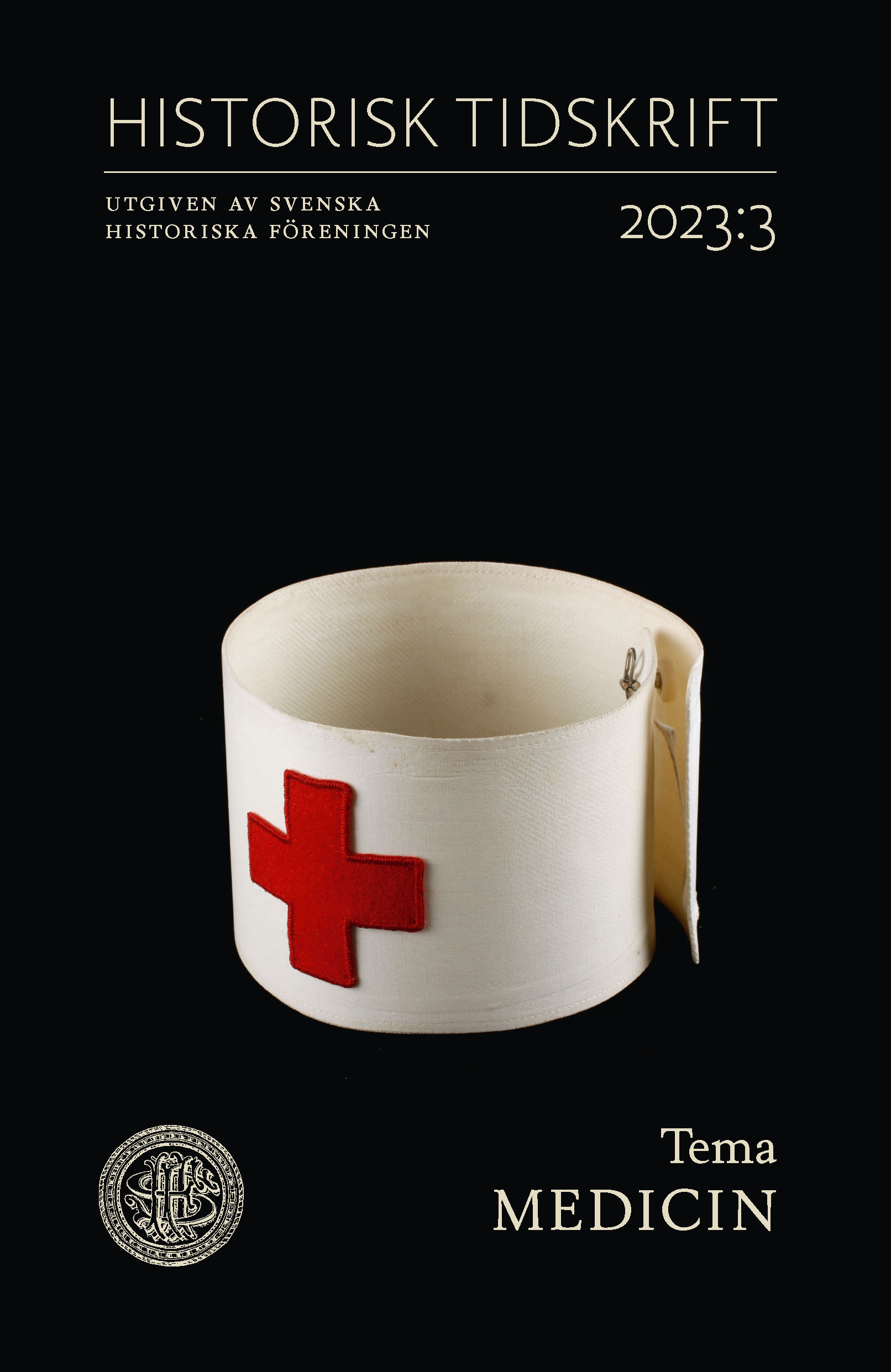Abstract
A stranger to oneself: A narrative and phenomenological analysis of psychiatric patients’ stories, 1890
This article is about psychiatric patients’ life stories. I explore how best to handle patient narratives in the history of medicine and, more specifically, in the history of psychiatry. By applying a narrative and phenomenological analysis – seldom used in historical studies of psychiatry and psychiatric care – the aim is a new understanding of patient stories both as historically situated and as embodiments of personal meaning.
Narrative analyses of patient stories, as usually applied in the medical humanities, stress the fundamental need to structure chaotic events – such as illness – into a coherent narrative, so as to regain some sort of control and stability in life. Medical phenomenology is a qualitative method for investigating the patient’s personal experience. A close, empathic reading is designed to reach – as far as is possible – the underlying meaning of the illness story. This theoretical approach, when applied to psychiatric patients’ narratives, means the question of authenticity or truth becomes irrelevant. It does not matter whether the patients conveyed what really happened, whether their stories were symptoms of mental illness or not: what matters is what the story meant to the patient.
In the article, I focus on a handful of patients who were admitted to the asylum in Lund in southern Sweden in 1890. They were all convinced either that they had been hypnotised against their will or that they possessed great hypnotic powers. When reading these testimonies as phenomenological narratives, it becomes clear that they served a very specific purpose. Each patient had their own experience and trauma that gave them the impression they were the victim or the master of a vicious hypnotic power. Their personal histories differed, but their urgent need to find structure and meaning in a situation that was confusing, terrifying even, was the same.
The article shows how fruitful it is to combine perspectives from the medical humanities and historical research. Narrative and phenomenological theory illustrates how the patients related to the world around them, how their specific historical context moulded their personal experience. The historical perspective, for its part, demonstrates how experience of illness is always situated in a specific time and place. Thus, psychiatric patients’ stories – past and present – are rich sources of knowledge, not only as medical documentation but as historical testimonies.

